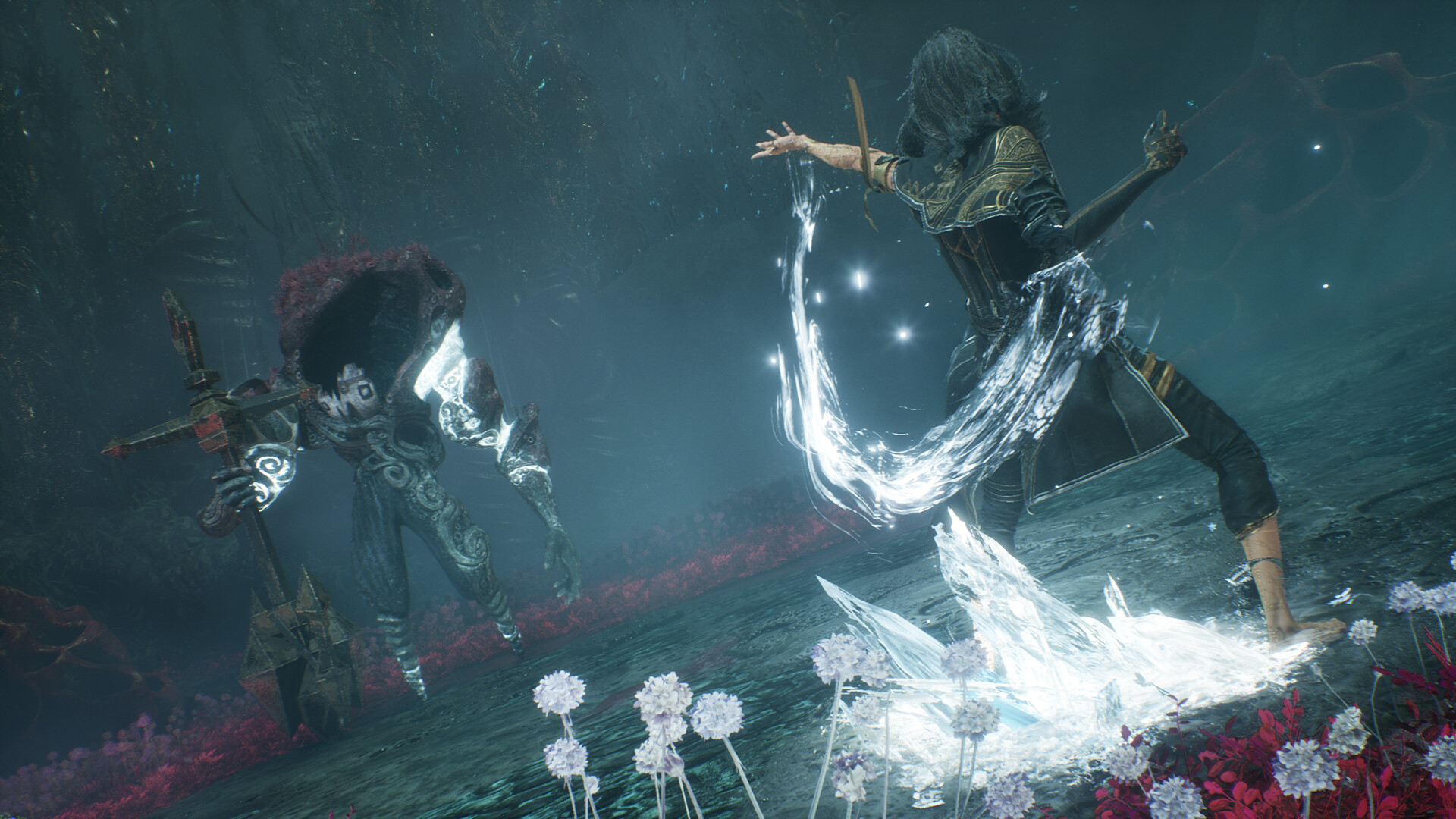I tried the near-finalized version of HoloLens, this is what I think

Late yesterday, some of us were able to try once again Microsoft's HoloLens here at Build 2015. This experience was my second time with the wearable holographic device, and 99 days since its announcement, Microsoft has made some significant strides. You can read about my January experience here.
For one, the HoloLens device we were able to use this time was the near-finalized prototype. The version we wore in January was a computer around your neck and a mishmash of hardware used for testing purposes.
Personally, I find it remarkable that this thing even exists. It truly has no wires or tether. In terms of weight, it is not light but it is far from heavy. Since it is well balanced in terms of weight distribution, wearing it on your head feels fine. My motorcycle helmet is much more cumbersome, by comparison.
The big feature Microsoft was demonstrating this time were the Unity and Visual Studio coding tools. Since HoloLens runs off of Windows 10, it takes Windows 10 apps. These tools mean any developer can now make an app that runs on Xbox, PC, phone, or even turn it into a hologram.
The developer tools were only finished last week, and as such were a little rough. However, we were able to implement audio, gestures, speech commands, initiate spatial mapping, and then we compiled and deployed apps to our HoloLens. While many of us in the press did not of course write our own programs, earlier in the day, real developers did in a longer four-hour session.
This stuff is all real, folks.

Some early complaints
Watch the video above to see my immediate reaction to wearing and using HoloLens, including some criticisms.
Get the Windows Central Newsletter
All the latest news, reviews, and guides for Windows and Xbox diehards.
In short, many of us in the media thought that many aspects were exceptionally well done e.g. gestures, voice commands, spatial mapping and spatial audio effects. However, the one things that bothered many was the limited view of the holograms.
By comparison, in the demonstration and promo videos for HoloLens, users appear to be walking in a world where holograms are surrounding us. Technically, this is true. The real experience though is you only see holograms in your direct line of sight. It's akin to having a tablet in front of you with media on it, but sometimes you cannot even see the whole hologram without moving your head to 'scan' for it.
The lack of holograms in your peripheral vision is just an odd experience. Someone of told me it is similar to wearing transition lenses, which also have a similar, limiting effect. In fairness to Microsoft, this is likely just a limitation of the technology and size constraints of the lenses used in the device. Paul Thurrott had heard but was unable to confirm that the hologram field-of-view was purposefully kept smaller to reduce motion sickness (something common with VR headsets like Oculus).

This complaint is more of a contrast between expectation and reality though. Once you get used to this direct line-of-sight view and moving your head to see things, it's not bad. It is just not how we normally see things in the world: objects stay in our peripheral, even if we cannot 100% "see" them in full detail.
Either way, 1.0 version of such technology will have limitations. The fact that this stuff exists, it is coming to market (when and for how much is unknown), and the developer tools for regular developers are almost here is quite remarkable.
I do not quite think this is a straight consumer device like an Xbox One just yet, however. Instead, I envision Microsoft releasing it to industry, artists, engineers, schools, and hospitals first. After a few iterations and as the price comes down, it will trickle to the mass consumer market. Microsoft, however, has not yet defined their plans for HoloLens, so we will have to wait and see.
Special Edition - Windows Weekly today
Want more of my reactions to Build 2015? Join me later today as I'll be live, in the TWiT studio to do a special Build edition of Windows Weekly with Paul Thurrott and Mary Jo Foley. You will not want to miss this show! We'll post more info later on where to watch and what time (2pm PT).
Follow the rest of our coverage of Build 2015 on our main topic page!

Daniel Rubino is the Editor-in-chief of Windows Central. He is also the head reviewer, podcast co-host, and analyst. He has been covering Microsoft since 2007 when this site was called WMExperts (and later Windows Phone Central). His interests include Windows, laptops, next-gen computing, and wearable tech. He has reviewed laptops for over 10 years and is particularly fond of 2-in-1 convertibles, Arm64 processors, new form factors, and thin-and-light PCs. Before all this tech stuff, he worked on a Ph.D. in linguistics, performed polysomnographs in NYC, and was a motion-picture operator for 17 years.
